At the entrance to the Whitechapel Gallery’s summer exhibition stands an imposing image of the Italian artist Giulio Paolini (b. 1940), arms folded, sunglasses on. In Delphi (1965)the artist is both present and absent, partially concealed by a stretcher, the same stretcher which now supports the canvas on which the photograph is printed. Evoking Roland Barthes’s death of the author as much as the Delphic commandment ‘Know Thyself’, the work opens an exhibition exploring Paolini’s 50-year interest in the relative positions and roles of the artist and spectator, and the processes behind artistic production.
Paolini, who came to prominence as part of Italy’s arte povera generation, has long been a major figure in conceptual art, but has rarely been exhibited in the UK. The exhibition offers a long overdue presentation of an artist whose questioning of authorship and authenticity maintains its relevance in the digital age.
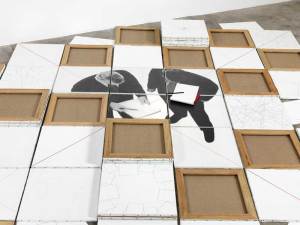
To Be or Not to Be (1994–5), Giulio Paolini. Fondazione Giulio e Anna Paolini, Turin © Giulio Paolini
The exhibition shares its Shakespearean title with an artwork which dominates the first gallery. To Be or Not to Be (1994–5) is a checkerboard of 58 square canvases, some stacked, some overturned, others marked with perspectival or geometric drawings. It appears almost as a game for the viewer to complete. The spectator is similarly active in Contemplator enim (1992) where a stage set of Plexiglas translucent scenery flats, complete with 18th-century theatrical valets presenting square holes, incorporates visitors into the installation.
The artist’s role is as subverted as the viewer’s. In the photograph 1421965 (1965), taken with a self-timer, Paolini appears being photographed while moving an unpainted canvas, his back to assorted paint pots. This image is echoed in A Portrait of the Artist as a Model (1981), which has languished in Tate’s store for two decades. A plaster classical sculpture appears to hold a canvas, its verso exposed to the viewer. Another echo appears in On the Threshold (2013), in which the back of a bronzed plaster bustof Apollo Parnòpios appears to penetrate a large primed canvas, projecting bronze and then pencil lines out onto the gallery walls.
These classical references are indicative of Paolini’s desire to connect his work with art history. In Stand-In (A Critique of the Viewpoint) (1981) Paolini repeats his 1967 black and white photographic reproduction of Lorenzo Lotto’s Portrait of a Young Man (1505), titled Young Man Looking at Lorenzo Lotto, replacing the eyes with his own. Time and space collapses in the refraction of gazes between the subjects, artists and viewers. In the exhibition’s final work, The Author Who Thought He Existed (Curtain: Darkness Falls Over the Auditorium) (2013), the artist’s desk is a disparate collage of reproductions and the wall a salon-style hang of blank canvases and empty frames. A film of drawings projected on the wall sustains the artist’s presence, but the artist’s chair is overturned, as though he has just absconded, leaving the viewer to complete the work.
The exhibition’s selection is beautifully coherent, the artist’s signature forms, materials and ideas clearly resonating around a theatrical hang. Paolini’s existential artistic angst is surprisingly joyful, the invitation for the viewer to ‘know thyself’ utterly enticing.
‘Giulio Paolini: To Be or Not to Be’ is at the Whitechapel Gallery, London, until 14 September.
Unlimited access from just $16 every 3 months
Subscribe to get unlimited and exclusive access to the top art stories, interviews and exhibition reviews.

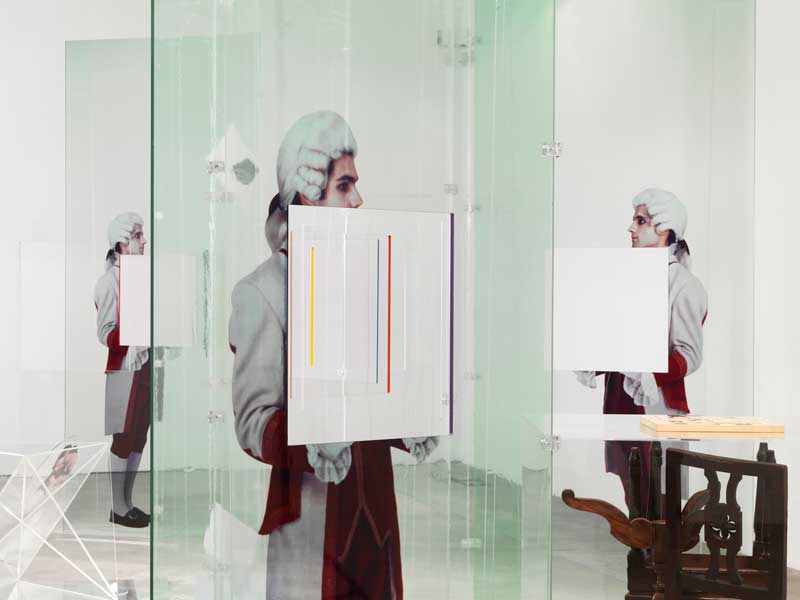
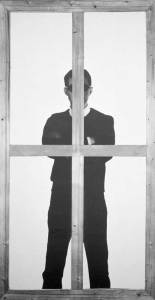
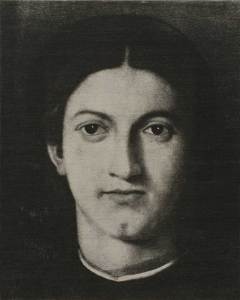
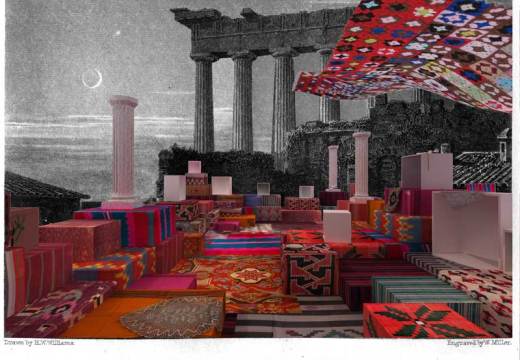
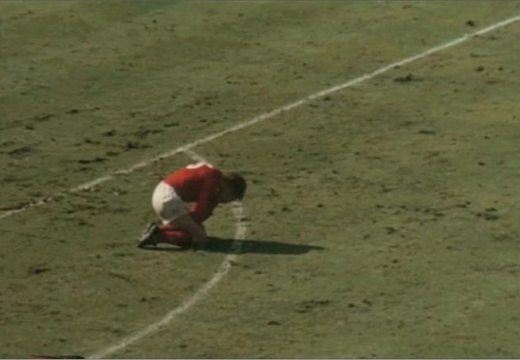
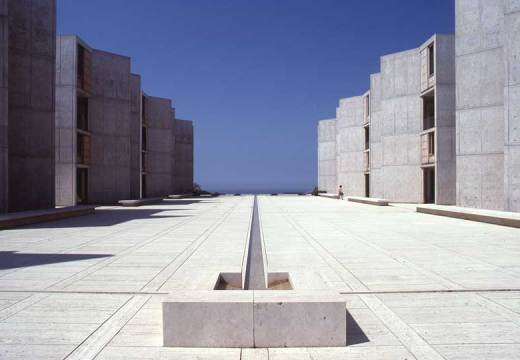









![Masterpiece [Re]discovery 2022. Photo: Ben Fisher Photography, courtesy of Masterpiece London](http://www.apollo-magazine.com/wp-content/uploads/2022/07/MPL2022_4263.jpg)
Has the Fitzwilliam lost the hang of things?